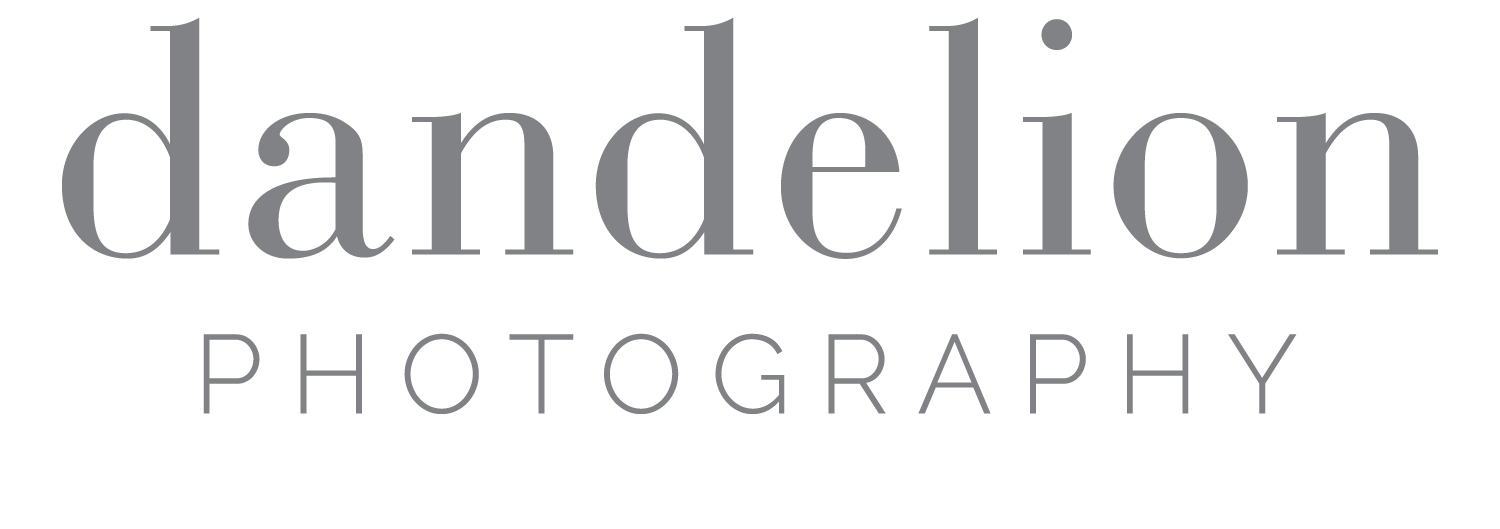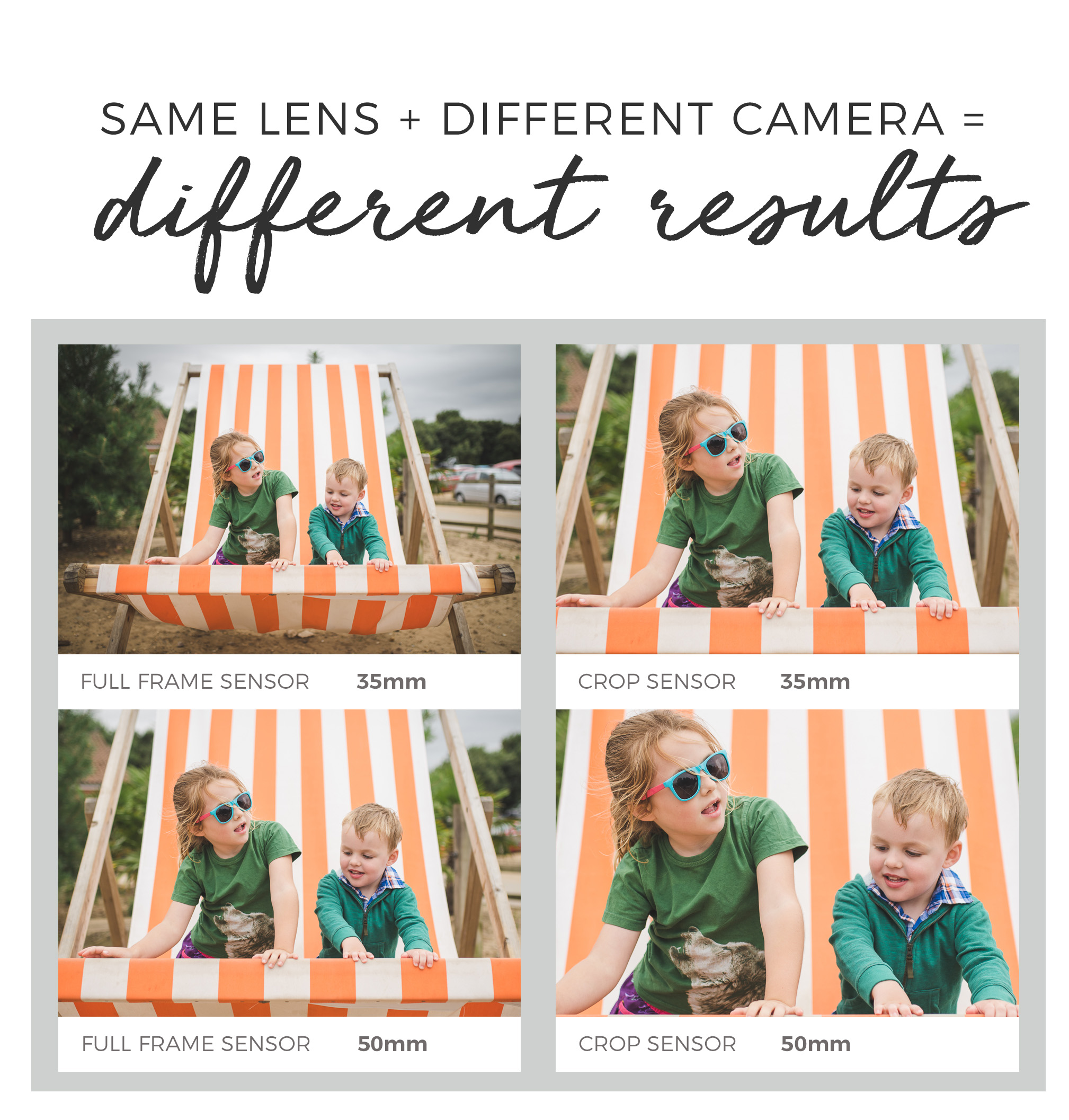Before you buy that new lens.. read this!
Lenses and cameras can be a confusing business. There are lots of of confusing numbers in their names. Not all lenses work with all cameras. Canon lenses won't even fit on to Nikon cameras, and Nikon lenses won't fit on Canon cameras.
It's easy to get bamboozled by technical side of photography. But if you're planning to buy any lenses, it's essential you understand your camera sensor first.
What is the camera sensor ?
The camera sensor is the clever gadget inside your camera that "sees" the scene in front of you, and records the photo.
In the old days of 35mm film, you had a roll of film inside the camera. To take a photo, a single frame of film was exposed to the light, recording the scene in front of it. You then wound on the film a few inches, the next photo would be recorded and so on.
Now we have digital cameras, the camera sensor takes the place of that roll of film. It doesn't need to move of course and simply sits in the back of the camera.
Size is important
However not all camera sensors are the same size, and this therefore changes how your photos will turn out.
For Nikon and Canon cameras, the two most common types of camera sensor are :
Full-frame sensor (generally found in professional-level cameras)
Crop sensor (generally found in entry-level or enthusiast-level cameras)
These sensors are different sizes as shown (right).
The "crop sensor" is obviously smaller. The photo that you take is cropped. It doesn't capture as much of the image as the full-frame sensor.
How does the sensor size change the photo?
The beach photo below illustrates how the crop sensor gets it's name. The full-frame sensor will record the whole frame. However the crop-sensor will only record the smaller portion - indicated by the smaller rectangle.
Therefore photos from a crop-sensor sensor camera appear more close-up, when using exactly the same lens.
So if I had a Nikon D750 with a 35mm lens attached, a full-frame sensor camera, the photo I would get would be the whole thing, the larger rectangle.
However if I stood in the same position, using a Nikon 7100 with the SAME 35mm lens attached, as it's a crop sensor camera, my photo would be only the inner rectangle, a much more close-up photo showing less of the surroundings.
Why does sensor size even matter?
In the example above, you would want to know this before buying that 35mm lens right? Because if you stuck that brand new lens on your crop-sensor camera expecting to get this wide viewpoint, and then find that everything is much more closeup - well it won't be working as you expected and perhaps you might have chosen a different lens instead.
As the examples show below, the same lens with different sensor size produce very different results.
Check your sensor size here
Luckily, it's easy to check what sensor size you have. Just check the "Sensor Format" in this NIKON reference table or CANON reference table
Full Frame Sensor Cameras
Named Full-frame for Nikon, and Full-frame CMOS for Canon models.
(eg. Nikon D600 / D700 / D750 / D800 / D810 / D5, and Canon EOS 5D)
Crop Sensor Cameras
Named APS-C for Nikon cameras, and APS-C CMOS for Canon cameras.
(eg. Nikon D500 / D3400 / D5300 / D5500 / D5600, and Canon 7D / 700D / 1100D / 1300D)
For other manufacturer's models (eg. Olympus) you may need to do some more searching, some models are shown here.
The best starter lenses
I'm a big advocate of the a 50mm prime lens, nicknames the nifty-fifty. This is widely agreed to be as the best prime lens to start with in photography, being very versatile, and with far better sharpness and larger aperture than the standard kit lens that comes with your camera. You can read more about why ditch the kit lens.
FULL-FRAME SENSOR CAMERAS
Most straightforward, the nifty-fifty is just that, a 50mm prime lens.
CROP-SENSOR CAMERAS
To achieve the same focal length as a nifty-fifty, you would go for a 35mm prime lens.
This lens on a crop-sensor camera has the equivalent focal length of 52mm to 56mm depending on manufacturer.
You can see below how these two combinations produce a very similar amount in the photo. For recommended models for Nikon and Canon cameras, check out my blog post your first prime lens with a roundup of the best prime lenses under £200.














“Comparisonitis” is the phenomenon of comparing yourself negatively to others, and photographers are particularly susceptible. Partly by accident, and partly by intention, I’d discovered 7 tips for a cure…